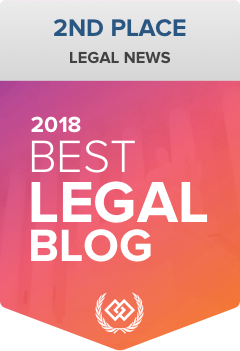
On January 3, 2024, the Securities and Exchange Commission (the “SEC”) announced that it obtained an asset freeze and other emergency relief concerning an alleged $93 million real estate investment fraud perpetrated by Miami-based developer Rishi Kapoor. The SEC also charged Location Ventures LLC, Urbin LLC, and 20 other related entities in connection with the fraud scheme.
According to the SEC’s complaint, from approximately January 2018, until at least March 2023, Kapoor and certain of the defendant entities solicited investors by, among other things, making several material misrepresentations and omissions regarding Kapoor, Location Ventures, Urbin, and their real estate developments. The false statements allegedly included misrepresenting Kapoor’s compensation; his cash contribution to the capitalization of Location Ventures; the corporate governance of Location Ventures and Urbin; the use of investor funds; and Kapoor’s background.
The SEC’s investigation uncovered that Kapoor allegedly misappropriated at least $4.3 million of investor funds and improperly commingled approximately $60 million of investor capital between Location Ventures, Urbin, and some of the other charged entities. During the same period, Kappor purchased a 2023 68.7-foot yacht for over $5.5 million, a dock at the Cocoplum Yacht Club for $695,000, leased a 2020 600LT Spider McLaren sportscar, and paid a private chef $10,000 per month.


































OTC Markets 101 – The Basics of Listing – OTCQB
Posted onOTC Markets Group (“OTC Markets”) requires companies seeking quotation of their securities on the OTCQB® Venture Stage Marketplace (“OTCQB”) to have an initial and ongoing $0.01 per share minimum bid price, submit an initial OTCQB application, pay annual fees, and submit annual certifications to the OTC Markets. Companies that do not meet all of these requirements are demoted to the OTC Markets Pink® Marketplace (“OTC Pink”). OTCQB companies must also be reporting with the Securities & Exchange Commission (“SEC”). OTC Markets offers companies seeking public company status new alternatives for listing while ensuring transparency for investors. Read More